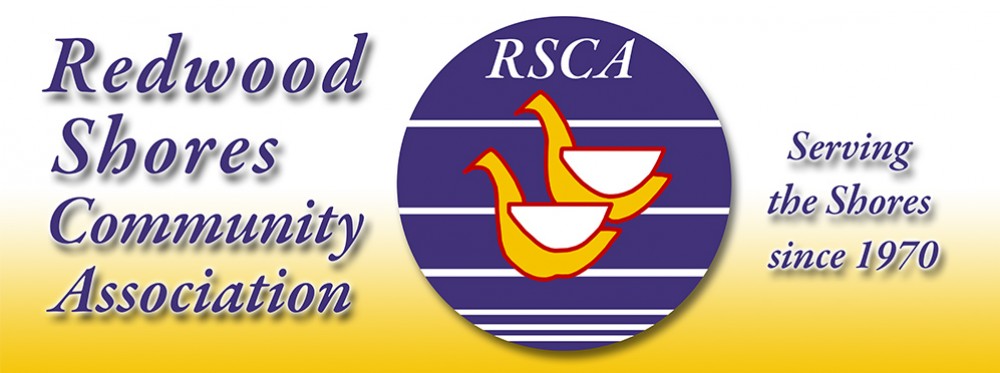While the tragic earthquake and resulting tsunami in Japan have not had a significant effect on the west coast or the interior shoreline of San Francisco Bay, this event serves as a blunt reminder to the Bay Area that a disaster can strike quickly, without warning, and with devastating consequences. The Redwood City Fire Department wants to remind our community that preparing one’s family and home for a possible disaster – earthquake, flood, or fire, for example – can make a life-or-death difference.
The Redwood City Fire Department offers information and tips for disaster preparedness on its web page located at www.redwoodcity.org/fire. In the event of a major disaster, homes, neighborhoods, or entire areas may be without basic services like water, gas, electricity, and telephones, or access to stores and other services for several hours or days. While public safety personnel will be on the scene after a disaster, they cannot reach everyone right away. Therefore, the best way to ensure the safety of family and home is to be well-prepared before disaster strikes.
The Fire Department encourages Redwood City residents and businesses to do their part to prepare for disaster – and offers these links to get started (all of these are also on the Fire Department’s website):
- CodeRED – Redwood City’s emergency notification system
- SMCAlert – San Mateo County’s emergency notification system
- Pocket Guide to Emergency Preparedness – prepared by the San Mateo County Health Services Agency
- Three-day Survival Kit Guide
- SMCReady – Disaster preparation information and resources from San Mateo County
- San Mateo County Office of Emergency Services
- American Red Cross
- Ready.Gov
- National Fire Protection Association
- Federal Emergency Management Agency
- Centers for Disease Control and Prevention
And, even though the tsunami resulting from the Japan earthquake has not significantly affected the waters here in the Bay Area, it’s important for anyone living near our coastline to have information about tsunamis.
Visit Redwood City’s award-winning website at www.redwoodcity.org for information about the City and its services, the community, recreation programs, education, and local business. Subscribe to Redwood City’s email newsletter and other City documents by visiting www.redwoodcity.org/egov .
